Congestive Heart Failure and Sepsis: A Closer Look at Fluid Management
RebelEM
NOVEMBER 30, 2023
Current SSC guidelines recommend fluid resuscitation with at least 30mL/kg IV crystalloid in patients with sepsis induced hypoperfusion or septic shock within the first three hours of resuscitation, regardless of comorbidities. Outcomes: Primary Outcome: In-hospital mortality. 2.89, p = 0.01. times more intubations and 2.15









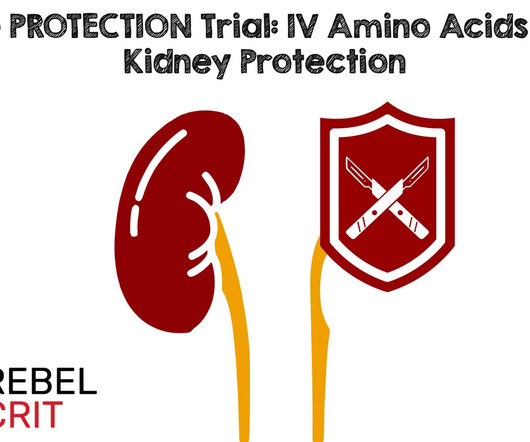


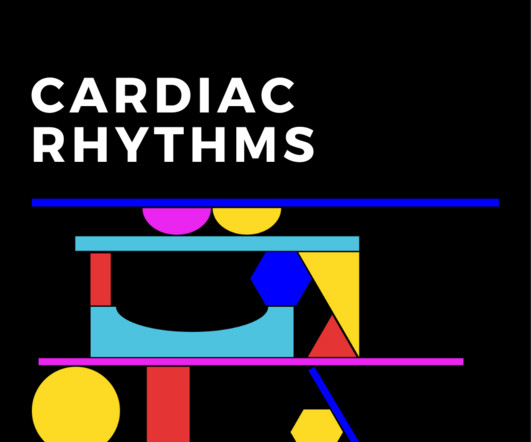
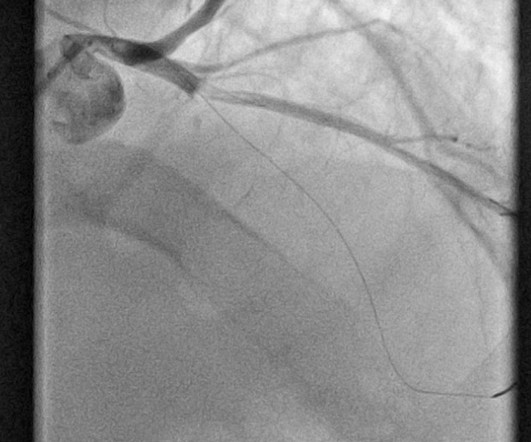



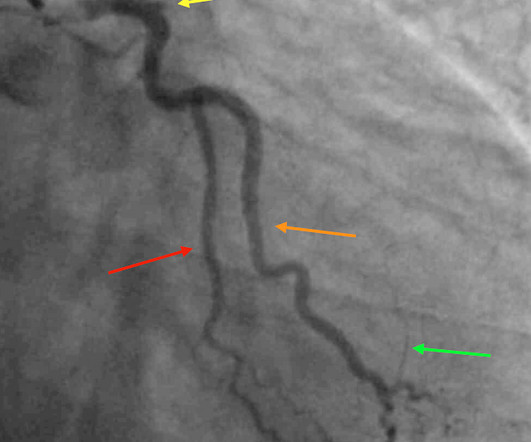
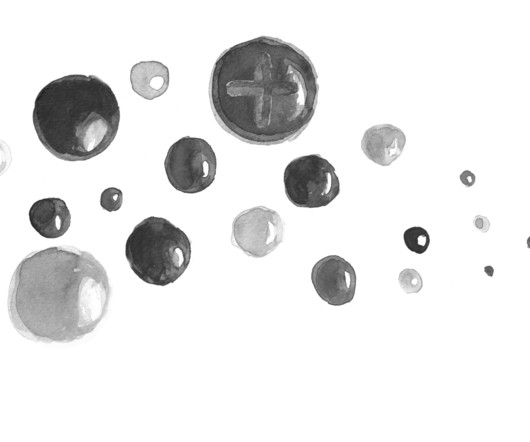
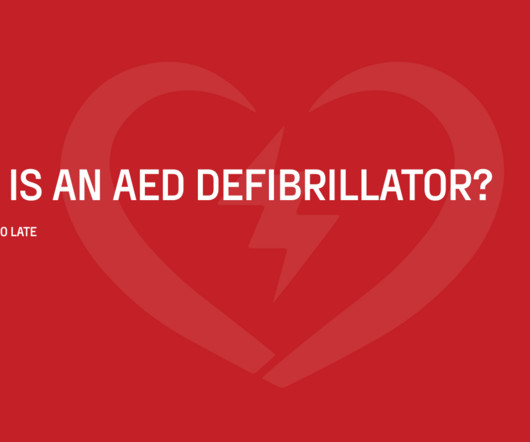



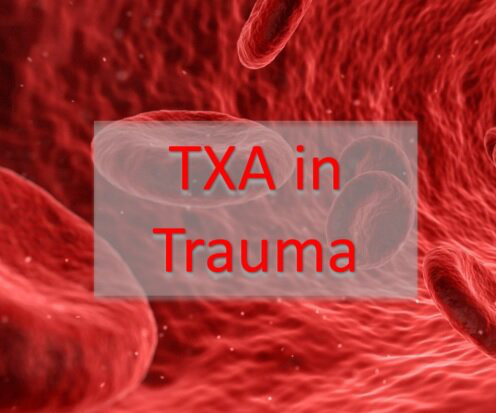






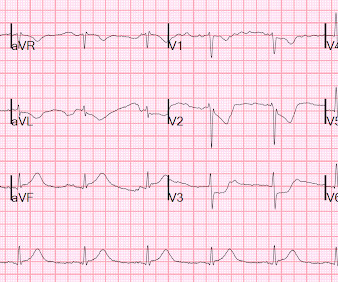







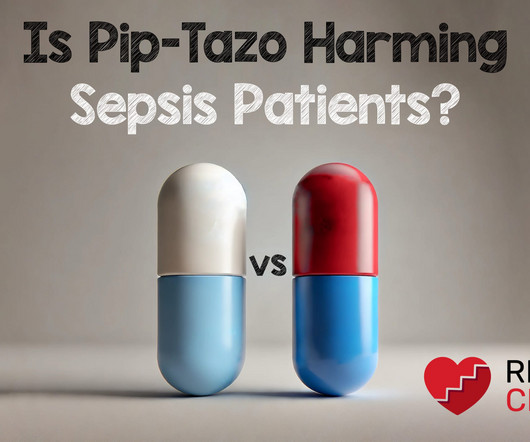

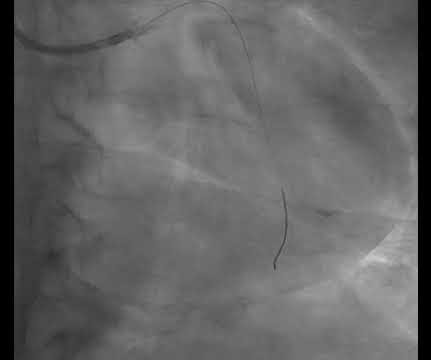

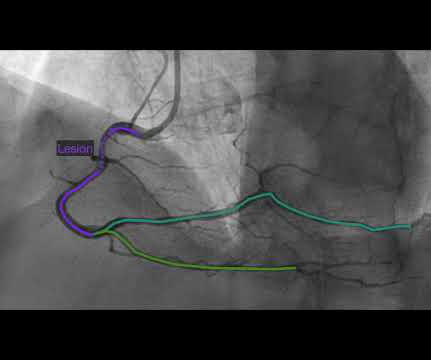







Let's personalize your content